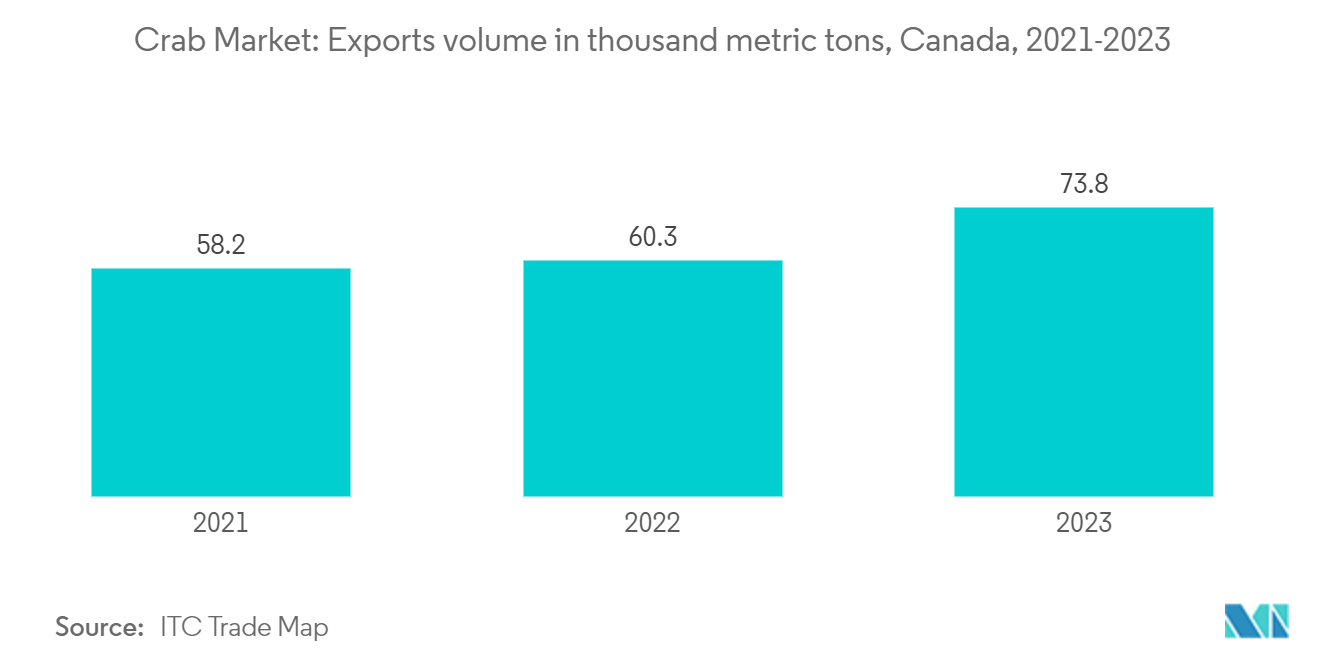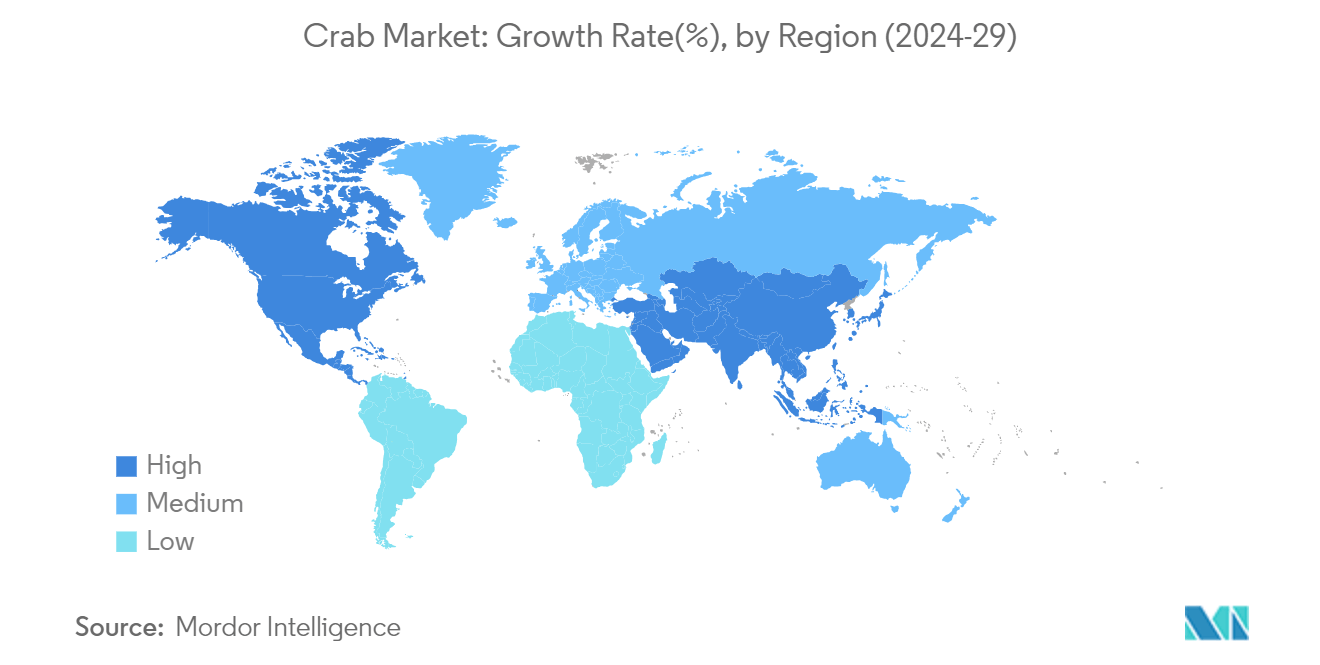Market Trends of Crab Industry
Frozen Crab is Gaining Traction
Frozen crab is typically obtained from freshly caught crabs, which are cleaned, cooked, and then frozen to maintain quality. Freezing helps extend the shelf life of crab meat, allowing consumers to enjoy it beyond the crabbing season. The major countries that produce and export frozen crabs are Canada and Russia. In 2023, Canada exported 73.8 thousand metric tons, which was 22.4% more than the previous year, reflecting the demand for frozen crabs in Canada.
Russia annually produces around 100,000 metric tons of crab, a lucrative segment within its fisheries industry. Traditionally, these exports were predominantly bound for Western markets, notably the European Union and the United States. However, following Russia's invasion of Ukraine in February 2022 and the ensuing trade sanctions, the flow of Russian crabs has notably pivoted toward Asia-Pacific. This geopolitical shift has not only altered crab trade routes but has also significantly impacted supply and demand dynamics. For instance, Japan's frozen crab imports from Russia surged by 18% in 2023, reaching 13,079 metric tons, as reported by the Ministry of Finance, reflecting the growing demand for frozen crab consumption. This uptick in imports can be attributed to declining prices of Russian frozen crab.

North America in the Fastest Growing Region
North America is the fastest-growing region in the crab market; it is one of the major contributors to the total share of the crab market globally. According to a report by the National Oceanic and Atmospheric Administration (NOAA), an increase in seafood landings and rising demand for imported crabs and other seafood from health-conscious consumers have raised the share of seafood in American diets in recent years. Previously, the United States relied on Russian crab imports to meet its demand. However, due to sanctions imposed from May 2023 by the US government, Russian imports were restricted. As a result, other countries now have an opportunity to supply crabs to the US market.
According to the Bureau of Labour Statistics, the average expenditure on fish and seafood per consumer unit in the United States in 2021 accounted for USD 729. Similarly, according to Progressive Grocer, the share of seafood shoppers looking for sustainable seafood products in the United States increased from 2019 to 2021. In 2019, only 29% of seafood shoppers sought sustainable seafood. This figure was at 41% in 2021. Further, Canada is the world’s largest producer of Snow crab, providing about two-thirds of the global supply. With its sweet, flavorful meat, snow crab is one of the most popular crustaceans from the Atlantic. The delectable, snow-white meat is so flavorful that many people enjoy it sans-dipping butter. Snow crab is also popular with home and professional chefs because of its flavorful meat and low cost. As per Fisheries and Ocean Canada, the overall quota of snow crab in division 3K increased by 18% in 2023 to 11,591 metric tons from 9,840 metric tons in 2022. This increase in seafood consumption is expected to boost the growth of the crab market during the forecast period.


